
Handbook
of the
MASS
Revised Edition
Handbook
of the
MASS
Revised Edition

Jean-Yves Garneau


CATHOLIC BOOK PUBLISHING CORP.
NEW JERSEY
NIHIL OBSTAT: Rev. Msgr. James M. Cafone, M.A., S.T.D.
Censor Librorum
IMPRIMATUR:  Most Rev. John J. Myers, J.C.D., D.D.
Most Rev. John J. Myers, J.C.D., D.D.
Archbishop of Newark
The Nihil Obstat and Imprimatur are official declarations that a book or pamphlet is free of doctrinal or moral error. No implication is contained therein that those who have granted the Nihil Obstat and Imprimatur agree with the contents, opinions, or statements expressed.
This book was originally published in French by Mdiaspaul, 3965 boul. Henri-Bourassa Est, Montral, QC, H1H 1L1 (Canada), under the title Rites et Paroles de la Messe. The English translation is by Fr. Neil Xavier ODonoghue.
Revised in 2011 in accord with the Roman Missal, Third Edition.
(T-107)
ISBN 978-0-89942-107-0
2011, 2008 by Catholic Book Publishing Corp., N.J.
www.catholicbookpublishing.com
Table of Contents

Introduction
Mass: A Treasure to Rediscover Continuously
T HE Mass is a marvelous heritage that Jesus left to His disciples on the night of the Last Supper when He said to them: Do this in memory of Me. His disciples were faithful to Him. From the first days after the Resurrection, they met every first day of the weekevery Sundayand have continued to do so for more than two thousand years.
The Mass is so rich that it is limiting to use only one word to name it. Throughout history, it has been called the Lords Supper, Last Supper, Breaking of the Bread. Today we like to call it Eucharist. This word means thanksgiving. At the Mass celebrating the Eucharist, we give thanks to God for His countless blessings: those He gave before and during the time of Christ, and those since the moment of His Resurrection. We also give thanks for all that God will accomplish for humanity up to the end of time.
At the Eucharist we celebrate especially the Word of God, which is always living and fertile, Christ Who becomes present in our midst, the bread and wine that are given to us for the present life and in token of eternal life. We celebrate the Eucharist in church and in a place where God, who is Father, Son and Spirit, delights in coming to meet us.
The Mass includes many words and many rites. Each of these rites, each of these words reveals something about the mystery of the Eucharist. Each rite, each word has its meaning, its place, and its importance. The rites and words are all means given to us to make the Eucharist ours and to devoutly take part in it.
The rites and words of the Mass are organized around four parts:
1. The Introductory Rites begin with the entrance of the ministers and end with the Collect.
2. The Liturgy of the Word starts with the proclamation of a biblical text and ends with what we call the Universal Prayer (Prayer of the Faithful).
3. The Eucharistic Liturgy, in the strictest sense of the word, can also be called the liturgy of the bread and wine. During this time, the bread and wine are brought to the altar; we give thanks for them (this is the Eucharistic Prayer); then we receive the consecrated bread (and sometimes consecrated wine).
4. The Concluding Rites end the celebration. The priest blesses us and invites us to go in peace.
In the following pages we will examine most of the rites that are done and words that are said when we take part in the Eucharist. Let us have no doubt about it: each word, each rite carries light and life. Each word, each rite is destined to open our spirit and our heart to the riches of a mystery that we will never fully discover.
The mystery of faith, the priest proclaims after the consecration of the bread and wine. It is great; it is very great indeed. Let us discover the riches and blessings of this treasure.



The Introductory Rites
The Mass Takes Flight
1. When bells ring
B LESSED are the parishes that have beautiful bells resounding on Sunday morning. Bells are the voice of God the Father Who calls His own to come to meet Him and to sit down at the table with Him. All are invited, whether they be happy or poor, enthusiastic or depressed. Our Father is Father forever. He does not close the door to any of His children. He pays special attention to His sons and daughters who feel sad at heart. Let us prick up our ears, on Sunday morning, when bells ring. They sing out the love that God has for us.
2. Grace and thanksgiving
T HE Word Eucharist comes from the Greek and means thanksgiving. To come to celebrate the Eucharist on Sundays is to come to stand in front of God to give Him thanks. In order to give Him thanks, we must realize that God showers us with graces. We must be aware that His love, His tenderness, His mercy continuously reach us. We must discern His action in the world and in us. Each time we are about to celebrate the Eucharist, let us take time to think about how God graces us, fills us up with His graces. It will then be much easier for us to give Him thanks.
3. Greet one another mutually
T HIS recommendation can be read several times in the letters of the Apostle Paul. For him this recommendation is important. Paul does not see how some disciples of Christ could live side by side as strangers: never looking at one another, never holding out ones hand, never speaking to each other. This is not Christian, he would say. To greet each other when we arrive at Church to celebrate the Eucharist is therefore a very good habit. To recognize the face of Christ in the persons we sit next to in the pew helps us to see His face behind the sign of the bread.
4. The chasuble
T HE presider at the Eucharist, the priest, wears a chasuble, as his outer garment. The word chasuble comes from the word casa which means shack in Latin and home in Italian. During the celebration, he will act in the name of somebody else: in the name of Christ. It is as though he was putting on Christs clothing. During the Mass, beyond the person of the priest, there is always Christ to be discovered. The priest was ordained to represent Him.
5. Purple and white
D URING the seasons of Christmas and Easter, the priest wears a white chasuble. White is the sign of victory, joy, and light. When Christ was transfigured His garments became white as light (Mt 17:2). In heaven, the saved are dressed in white. When the priest wears the purple chasuble, we know that the time of Advent or Lent has arrived. Purple reminds us that we are not yet the saints that we should be and invites us to grow in sanctity.
Next page

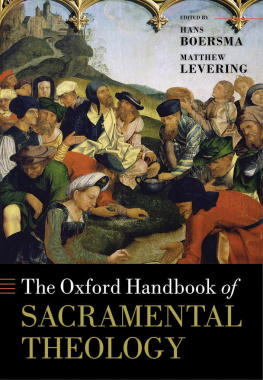
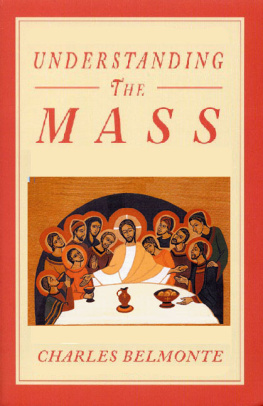




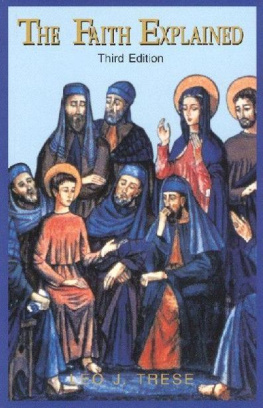
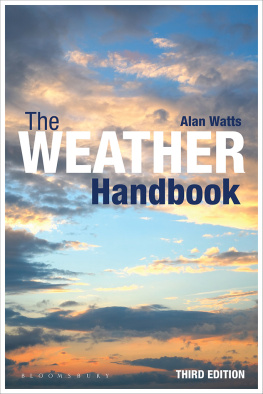
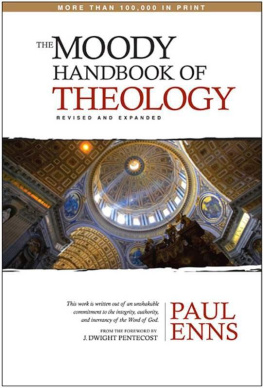



 Most Rev. John J. Myers, J.C.D., D.D.
Most Rev. John J. Myers, J.C.D., D.D.


